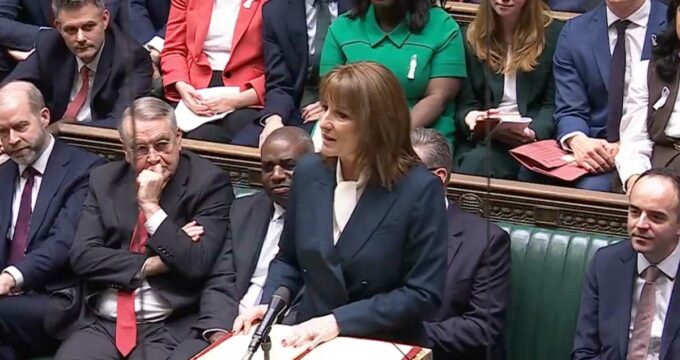Ireland: temporary visa measures for language students and a plan for recovery
- The Irish government has further eased visa conditions for international language students
- However, current plans indicate that schools will not re-open for in-person instruction before August
- A new recovery plan for the ELT sector proposes additional emergency relief and financing to help sustain Irish language schools through the post-pandemic recovery
Minister for Justice and Equality, Charlie Flanagan, has introduced a package of temporary measures to ease visa conditions for international students following language courses in Ireland.
In a 26 May announcement, Minister Flanagan set out the following provisions.
- Visiting students who were forced by the pandemic to leave Ireland before completing their planned studies may return and resume their courses, without the term of their absence from the country counting toward the two-year period permitted for English language study.
- Those students with a current, valid study visa who have remained in Ireland, and have completed that two-year limit on language study, will be permitted to remain in the country until such time as they can safely travel home. They will be required, however, to re-enrol in an online course for the balance of this year.
These new measures follow an earlier announcement by the Minister providing for an automatic two-month renewal of any study visas due to expire between 20 May and 20 July. For visiting language students, this means that they may continue to work during the extension period but must also re-enrol in an on-line course of study during that time. (Under the terms of their study visa (formally, a Stamp 2 permission), language students are permitted to work in casual employment for a maximum of 20 hours per week during the school term and up to 40 hours per week during holiday periods.)
“I understand and recognise the difficulties that the COVID-19 pandemic has had on all immigrants, and in particular our international student population,” said the Minister.
“I’m therefore pleased to be able to announce these new measures to support students which I hope will provide some welcome assurance and certainty for the coming months. We will continue to keep the situation under active review as matters evolve in our national response to the COVID-19 pandemic.”
These latest developments unfold amid growing concern for the future of the ELT sector in Ireland. The peak body Marketing English in Ireland (MEI) has recently published a recovery plan, which is, in effect, a special briefing on the sector for the Irish government.
The plan calls for emergency relief for language schools, including the continuation or introduction of new programmes of wage subsidies, commercial rent relief, and tax deferrals. The MEI brief also proposes the creation of a €50 million fund to provide grants and loans to Irish language schools.
“We are an industry that relies on international students and thus international travel,” notes an accompanying statement from MEI. “While other industries may be able to adapt and get back on their feet more quickly, social distancing measures and/or extended quarantining periods for new visitors to Ireland will have an overwhelming long-term effect on our sector.
“In the absence of continued support from the government a significant number of schools will not be able to reopen their doors in September. There is a real danger of a series of closures, effectively wiping out our industry, leaving many thousands of in-country students in limbo and devastating knock on effects to wider tourism services sector.”
Re-opening Ireland
The Irish government has also recently released a five-stage blueprint for re-opening the economy as the company transitions out of lockdown provisions.
The country is now in the first phase of that process. Institutions and schools are not projected to re-open until the fifth and final stage which is currently targeted to begin on 10 August.
Those plans are of course subject to change according to public health guidance in the coming months. But the immediate implication is that schools in the country will remain shut (and delivering courses entirely online) until at least August this year.
In the meantime, the Irish Council for International Students is providing regular updates on a dedicated landing page, and the Department of Education and Skills has struck a special COVID-19 Working Group focused on the ELT sector.
More than 150,000 students attend ELT programmes in Ireland every year. The sector’s total value to the Irish economy is estimated at roughly €900 million, with a full-time employment base of 3,000+ and a further 7,000+ seasonal and part time staff engaged during peak periods.
For additional background, please see:
Most Recent
-
Canada announces international student cap numbers for 2026 and updated programme guidance Read More
-
Building the bridge to campus: The first stage of student satisfaction begins long before admission Read More
-
The power of data and narrative in building public support for international students Read More
















